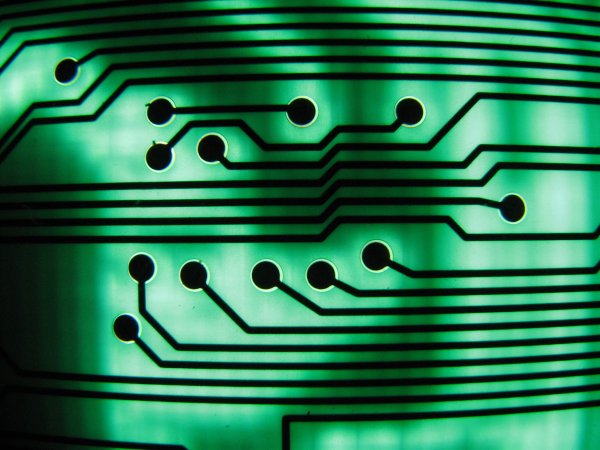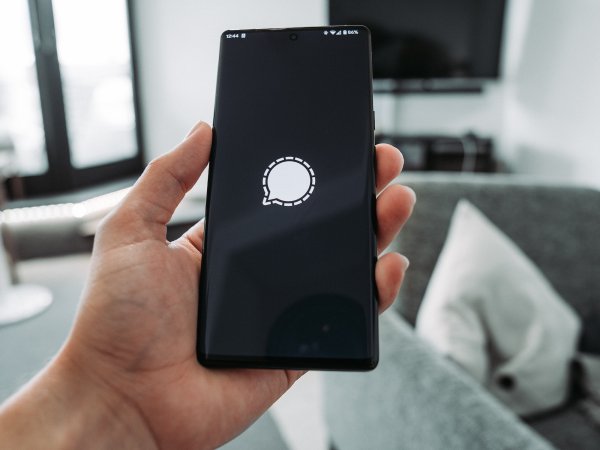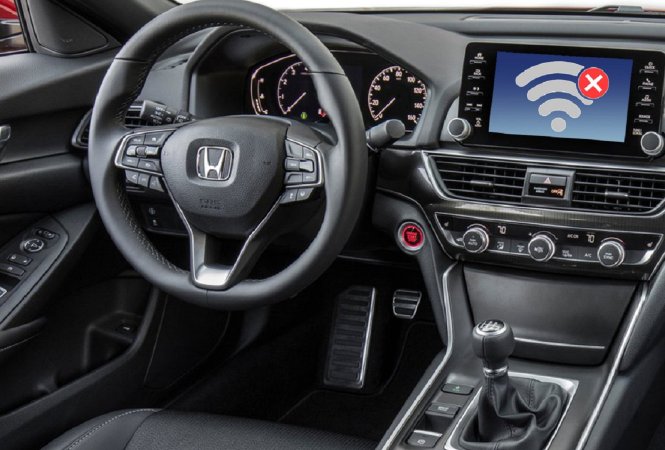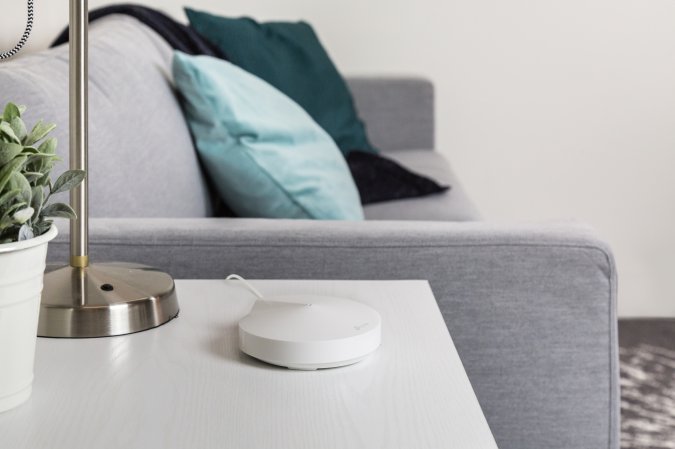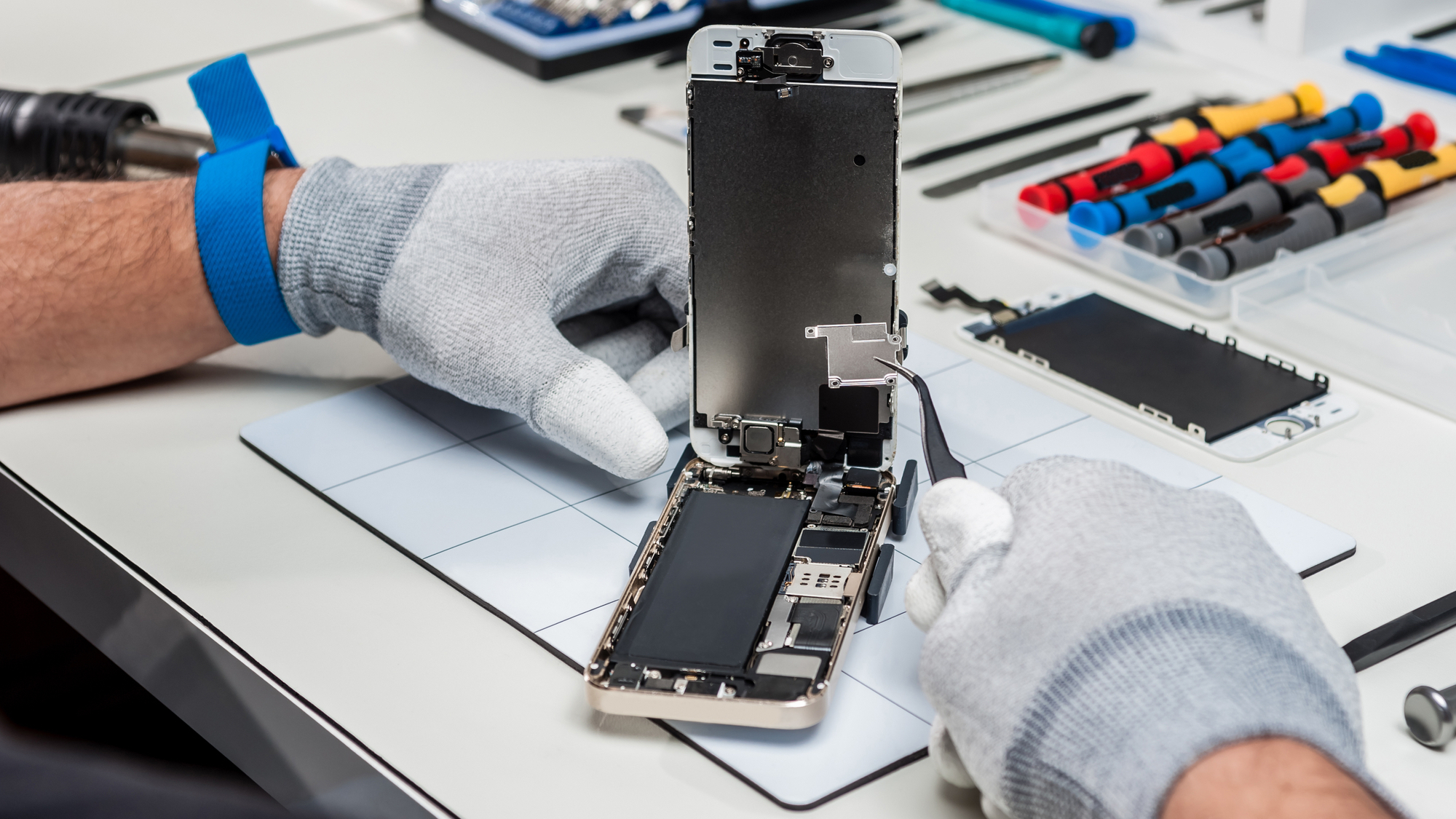

We may earn revenue from the products available on this page and participate in affiliate programs. Learn more ›
You’re not imagining things—your phone often doesn’t work as well when stuck in a large crowd. More people means more competing signals and data requests, meaning phones eventually fail to connect with their networks and thus create a backlog of demand. This, in turns, slows down everyone’s speeds while also frequently draining device batteries faster than usual.
However, the days of grimacing at your phone while at a concert or basketball game may soon be behind you, however, thanks to a new development from a research team at MIT.
“Imagine you’re at a party with loud music and you want to listen to your own music using headphones. But the outside noise is so loud that you can’t hear your own music unless you turn on the noise cancellation feature, ” posits Soroush Araei, an MIT graduate student in Electrical Engineering and Computer Science and lead author of the project’s paper showcased this week at the International Solid-States Circuits Conference.
[Related: What happens after the 3G network dies?]
“Well, a similar thing happens with the wireless signals all around us,” he explains. “Devices like your iPhone need to detect signals from WiFi, Bluetooth, GPS, and 5G radio, but these signals can interfere with each other. To detect all the signals, your device needs multiple bulky filters outside the chip, which can be expensive.”
These necessary bulky filters may be more accurate now. Araei’s team developed a new method to bring the filtering technology within the chip itself to cover a large spectrum of frequencies. The improved design could greatly reduce production costs, make devices smaller and more efficient, and potentially even improve battery life.
“In short, our research can make your devices work better with fewer dropped calls or poor connections caused by interference from other devices,” says Araei.
The team’s advances work using something called a “mixer-first architecture” to identify and block unwanted interferences without harming a phone’s performance. In this setup, a radio frequency signal is converted into a lower frequency as soon as it is received by a device. From there, the signal’s digital bits are extracted via an analog-to-digital converter.
As useful as that is, there’s still the issue of harmonic interference to solve, which refers to signals possessing bandwidths that are multiples of a specific device’s operating frequency. A phone operating at 1 gigahertz (GHz), for example, has harmonic inferences caused by signals at 2, 3, 4(and so on) GHz. During the signal conversion, these harmonic interferences can be virtually indistinguishable from the actual intended frequency, and muck up the whole process.
[Related: AT&T just shut down its 3G network. Here’s how it could affect your car.]
MIT researchers combined the mixer-first architecture alongside other techniques such as capacitor stacking and charge sharing to block harmonic interference issues while not losing any of the desired information.
“People have used these techniques, charge sharing and capacitor stacking, separately before, but never together. We found that both techniques must be done simultaneously to get this benefit. Moreover, we have found out how to do this in a passive way within the mixer without using any additional hardware while maintaining signal integrity and keeping the costs down,” Araei also added.
To test out their new configurations, the team sent out a desired signal alongside harmonic interferences, then measured the novel chip’s abilities. The results were impressive—the upgraded device effectively blocked out the harmonics at a minimal loss of signal strength, while also being able to handle signals over 40 times more powerful than existing, state-of-the-art receivers. And all this from a piece of hardware that is far cheaper, smaller, and less production heavy than what’s currently available. Because it doesn’t require any additional hardware, the new architecture could also soon be manufactured easily at scale for future generations of smartphones, tablets, and laptops.
